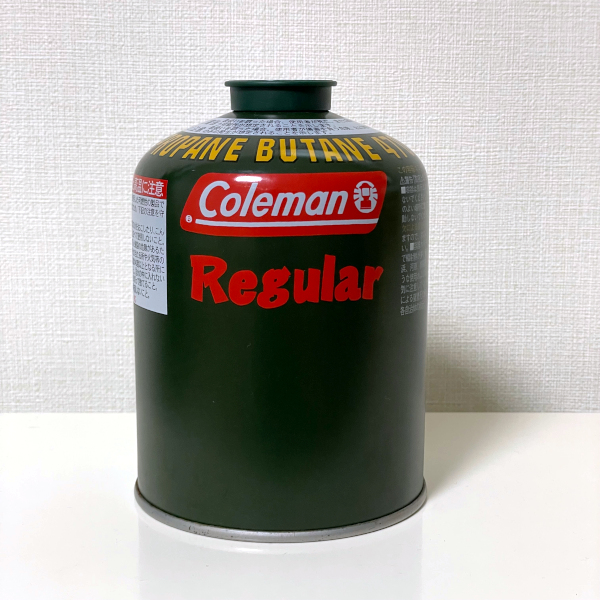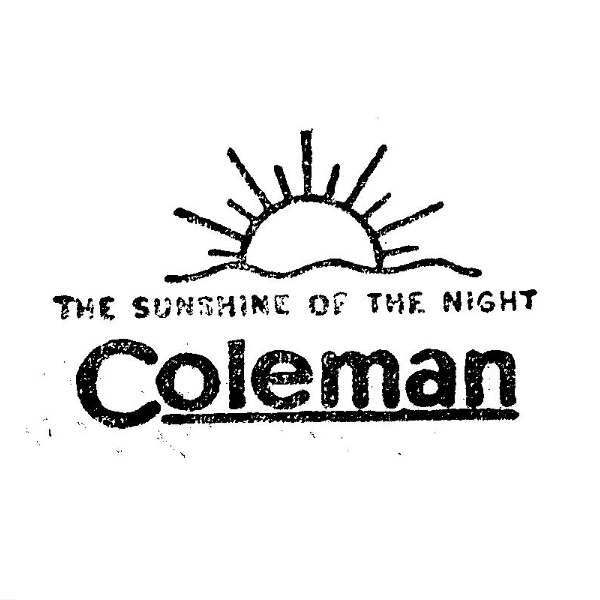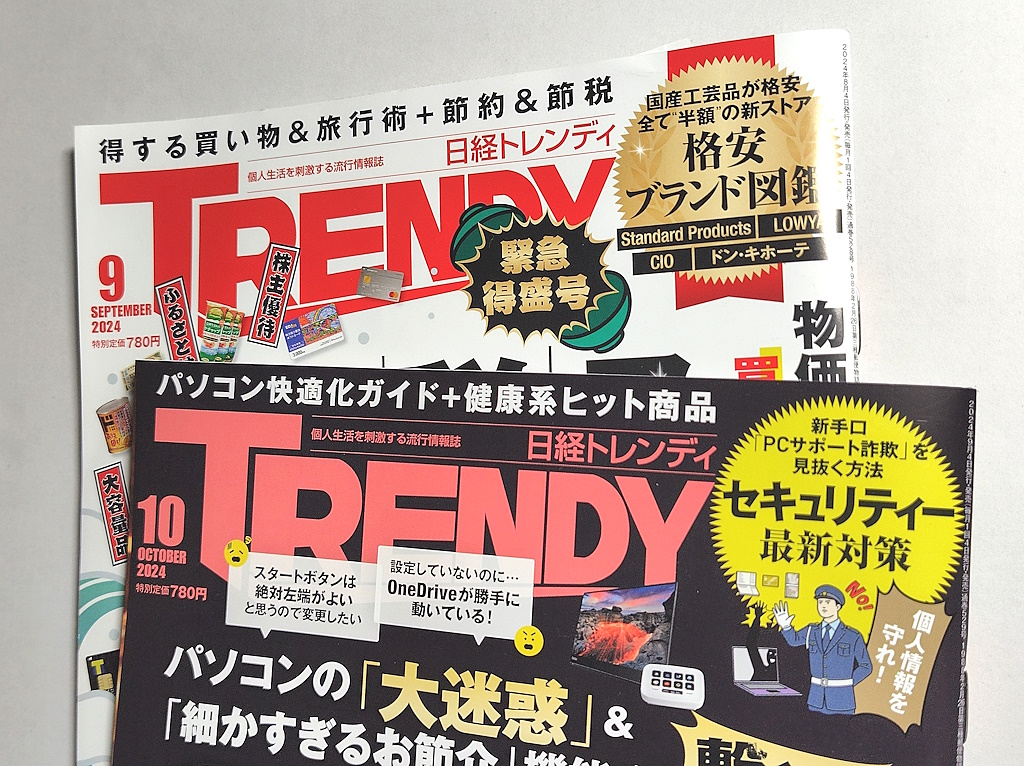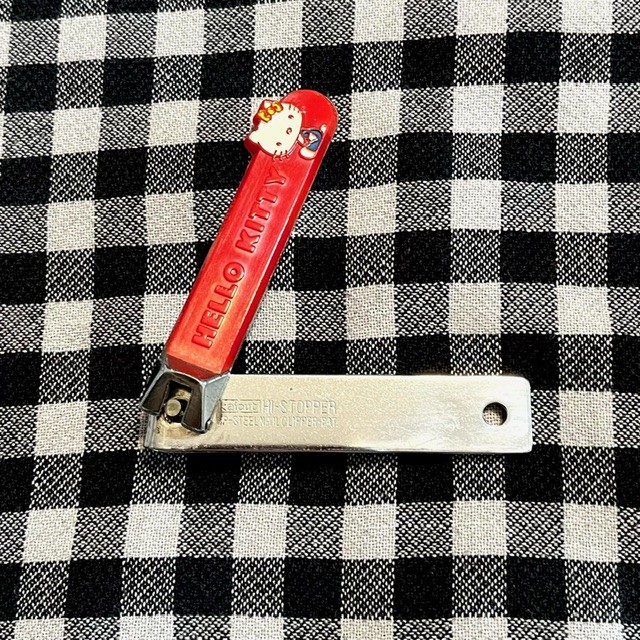Have you heard of Coleman? It is an American outdoor brand (company) that has long been known among campers. I remember using a Coleman gasoline-powered lantern when I was a kid on a camping trip with my family. That lantern lit up the darkness as brightly as daylight. Decades later, Coleman products such as tables and cooking stoves are still in use at the camps I have come to visit with my own children. The photo shows the LP gas cans used for the cooking stove and gas lantern. The white Coleman logo on a red background stands out.
Research shows that Coleman was founded in Oklahoma around 1900 by William Coffin Coleman. Initially, the company specialized in gasoline-powered lamps, but as electric lighting became more widespread, it developed a gasoline-powered lantern that could be used outdoors, which it began selling in 1914 as the ‘Arc Lantern’. (Wikipedia – Coleman (camping equipment)). Today, a wide range of Coleman products, including tents, are sold in camping supply shops, home improvement centers and online retailers.
A trademark search on J-PlatPat revealed 136 registered trademarks where the right holder is ‘The Coleman Company Incorporated’. The first registered trademark in Japan (1950), Japanese Trademark Registration No. 387738 (see image), reads ‘THE SUNSHINE OF THE NIGHT’between an illustration of the sun and the Coleman logo letters. Does it refer to a lantern?
Of the 136 registered trademarks, approximately 60 contained the words ‘Coleman’ or ‘コールマン(Coleman in Japanese katakana)’. In addition, there were approximately 100 patent applications and 110 registered designs where the applicant/right holder was Coleman. A large number of intellectual property rights protect Coleman products and services (Hiro).



